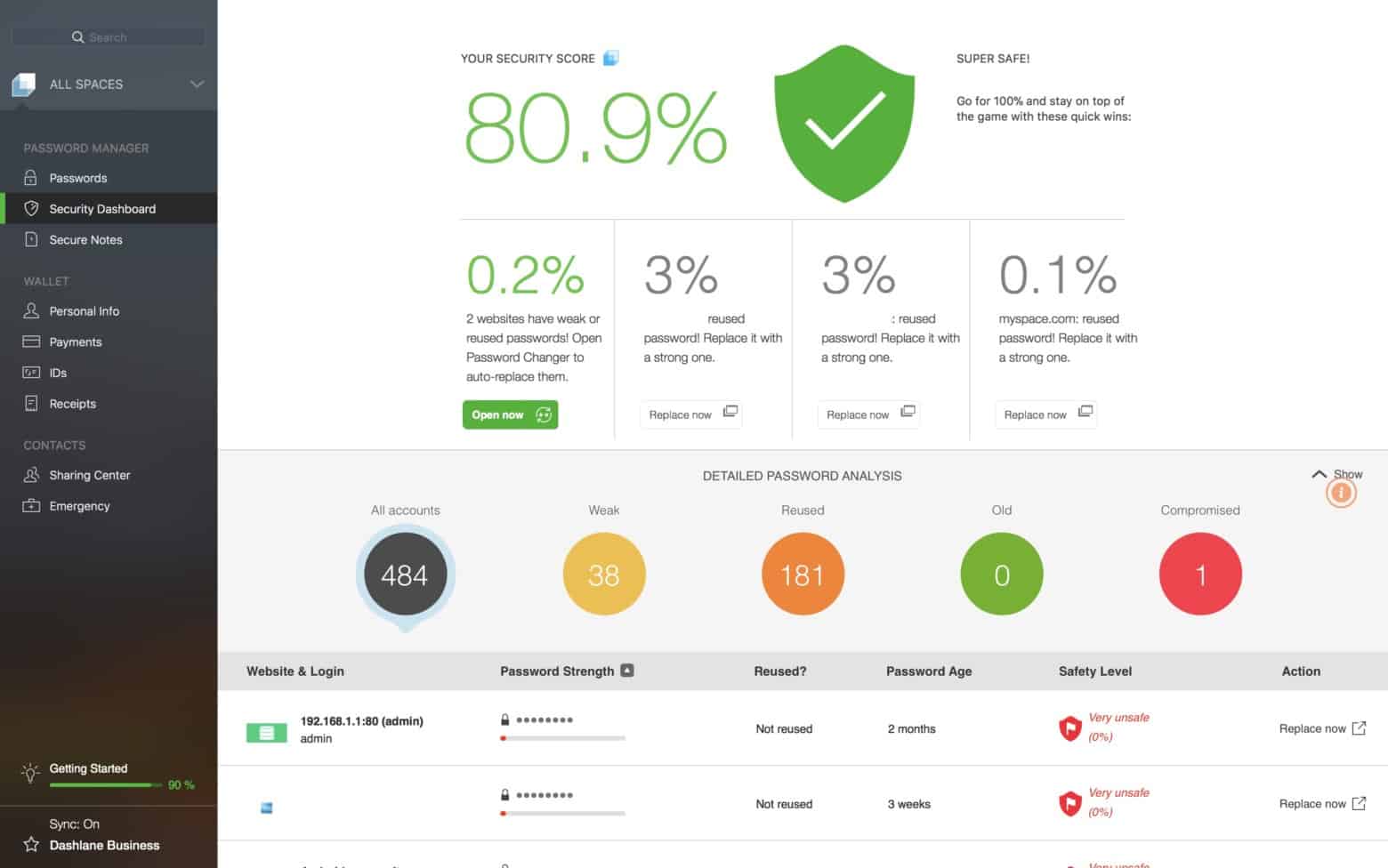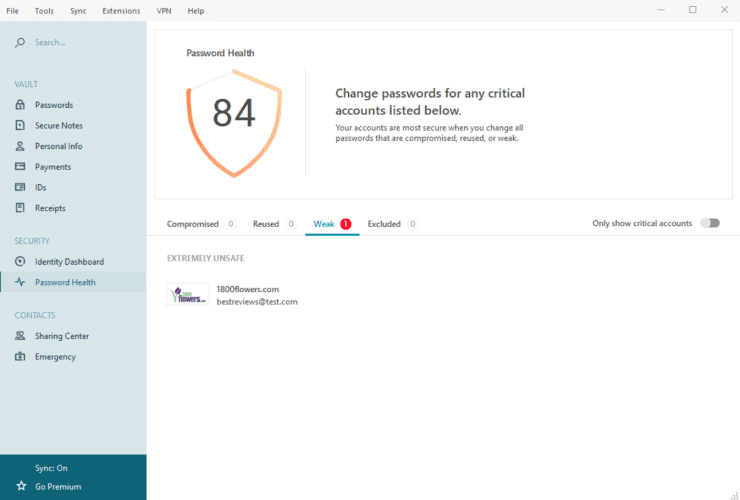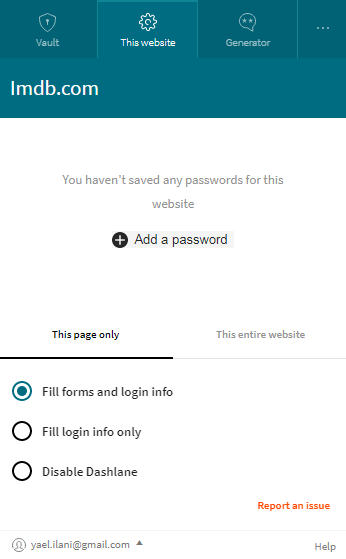

#Dashlane review password
Those same controls are offered when generating a password using the dropdown window.

That last page includes controls for the length of the password and if it should use letters, numbers, symbols, and similar characters (such as a capital “I” and lowercase “l” or “1”) in the generated password. When it’s not offering to store login details, the Dashlane browser extension can be used to access saved credentials, manage auto-fill settings, or generate new passwords. The email address used to create the Dashlane account can be auto-filled when creating new accounts, too, which is a nice touch. The personal information can also be supplied to relevant forms (such as those used by online storefronts, government websites, etc.) on demand. Once you have saved information to Dashlane, the browser extension will automatically offer to fill in the stored credentials when you visit the relevant website by way of a dropdown window. This is similar to how other password managers prompt users to save their login information, and works about as well as expected. After this is done, any time Dashlane’s browser extension detects that you’re signing into a service with credentials that haven’t been saved yet, it asks you if you’d like to save that information. (For reference: You have to open the web app, click “My account” at the top, select “Settings,” and then click “Import passwords.”) Being able to import passwords can save time on this process, but it’s odd that Dashlane makes it so frustrating to find in the first place.ĭashlane also prompts you to add personal information-name, birth date, and potentially their phone number-so it can be saved as well. It’s possible to import passwords from other tools, but Dashlane doesn’t make this obvious during the account creation process, and I didn’t find the exact steps until I searched online. That meant I needed to visit the site, sign out, enter my account details, and then wait for Dashlane to ask to save the information. This was a somewhat vexing process because I was already signed in to all of the services (Netflix, Twitter, Amazon, etc.) that Dashlane expects people to add first. It doesn’t ask you to add the password manually however, it requires you to visit the website in question and then enter your account information so the extension can offer to save it. It seems strange to pair a device with the account before a master password has been provided, but perhaps that’s supposed to make it easier for people to tell when someone’s trying to access their accounts.Īfter everything is up and running, Dashlane prompts you to save your first password. I couldn’t access the information I’d saved to the password manager, however, until I entered the master password. After entering my email address, Dashlane sent a one-time password used to add the device to my account.

Getting started on iOS was similarly odd. Normally I would expect to be prompted to set a password right away.

Only after I installed the extension was I prompted to create a “master password” that’s used in conjunction with one-time passwords sent to my email address to access my account.
#Dashlane review install
The service asks for an email address, requires you to enter it a second time if you don’t already have a Dashlane account, then prompts you to install a browser extension.


 0 kommentar(er)
0 kommentar(er)
